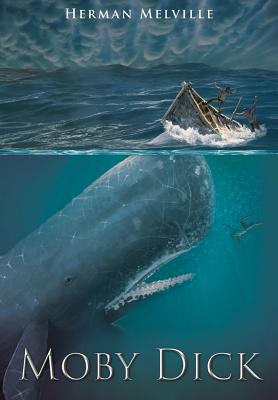I had a lightbulb moment the other day—I realized that I picked up some of my bad writing habits from classic literature, and I realized these bad habits aren’t necessarily bad but bad for the time.
One of my worst writing habits, which I often see in my clients’ writing, is improper balance or proportion. I often feel the need to explain, step by excruciating step, what is happening in a scene, giving the same time, attention, and word count to minor events that I give to the important events. Part of that, my advisor Tod Goldberg pointed out, is because, after 30+ years in the legal profession, I’ve learned to think logically and write things out in chronological order and in dry, often monotonous detail.
I find this same proportion problem in my early drafts when it comes to the balance between narrative prose and dialogue. When I first started working with Goldberg, my stories had little or no dialogue. Another mentor, Mary Waters, once told me to think of narrative prose as a fork and dialogue as a spoon. She said that, sometimes, if you’re eating soup, for example, you need to use a spoon. Writing dialogue was hard for me, so I used what Waters said to justify the idea that, if you avoid soup, you don’t need a spoon. What if I didn’t need dialogue? What if I could rely on the strength of my narrative prose and never using a spoon at all—forks all the way, baby!
There used to be a whole lot of telling versus showing in my early writing, and I still fight that urge in every single early draft of everything I write. It’s easier, right? But Goldberg made me read, a lot, and I realized he was right—when I read the best contemporary literature, there is almost always a balance of narrative prose and scenes with dialogue, in good proportion. (I say almost always because, let’s face it, if you’re a famous writer with a dozen bestselling novels under your belt, you can get away with some things.)
I was reading a book called Self-Editing for Fiction Writers: How to edit yourself into print, by Renni Browne and Dave King, when it struck me—it was no wonder I learned to write this way! I grew up reading classic literature and studying classic literature. Novels like Daniel Defoe’s Robinson Crusoe, a book I was forced to read in one of my core English literature classes. It was like water torture, reading detailed descriptions of the protagonist planting row after row of corn. Or barley. Or rice. And then painstakingly building fences around his corn. Or his barley. Or his rice. I truly hated this book. But even my most beloved classic literature often has proportion issues by today’s literary standards.
 My favorite book in the world is probably Moby-Dick by Herman Melville. I’ve read it close to a dozen times and have written several papers on it. At this very moment, I have three editions of this novel on my bookshelf, as well as Nathan Philbrick’s Why Read Moby-Dick? and In the Heart of the Sea: The Tragedy of the Whaleship Essex, an account of the true story on which Moby-Dick is based, and an 1851 issue of Harper’s New Monthly Magazine which includes “The Town-Ho’s Story,” which at the time was actually an excerpt (Chapter 54) from his forthcoming novel originally titled The Whale. Moby-Dick is beloved by me.
My favorite book in the world is probably Moby-Dick by Herman Melville. I’ve read it close to a dozen times and have written several papers on it. At this very moment, I have three editions of this novel on my bookshelf, as well as Nathan Philbrick’s Why Read Moby-Dick? and In the Heart of the Sea: The Tragedy of the Whaleship Essex, an account of the true story on which Moby-Dick is based, and an 1851 issue of Harper’s New Monthly Magazine which includes “The Town-Ho’s Story,” which at the time was actually an excerpt (Chapter 54) from his forthcoming novel originally titled The Whale. Moby-Dick is beloved by me.
But Browne and King discuss Moby-Dick as an example of bad proportion:
“Even in the nineteenth century, the age of the long attention span, Herman Melville created a lot of problems for the readers of Moby-Dick by including lengthy passages on the natural history of whales. It’s easy to drop out of a work of fiction that has pages and pages of passages [on cetology].”
Now, as someone who has studied Moby-Dick extensively, I have an appreciation for these cetology chapters, which on the surface appear to be telling, but which I and many other literary critics see as Melville showing his readers that you can know everything there is to know about whales and still not know whales. But as a first-year college student, I groaned my way through those chapters along with my classmates. Thank you, Dr. Lucindi Mooney, for making me read them. Three times.
I can’t drive this home enough: classic literature is not poorly written, and I disagree that it has bad proportions. It is written exquisitely for the time in which it was written, and it’s still magnificent today. There’s a reason we still read classic books and study them and love them. Contemporary fiction isn’t more evolved or better written. It’s different. Modern readers prefer to be immersed in a story, to feel what it’s like to be in the skin of another person, and this requires finding the right balance between narrative prose and scenes with dialogue and interiority, as well as good proportion when it comes to what is important to write about in more detail and what should be skimmed over because it’s not important to the story or the scene.
Here’s a thought: Maybe, if I read Robinson Crusoe a half dozen times, I’ll learn to appreciate all that corn planting? Nah. Life is too short.

